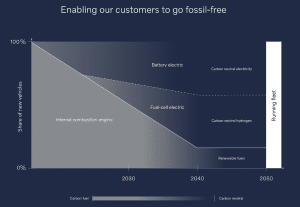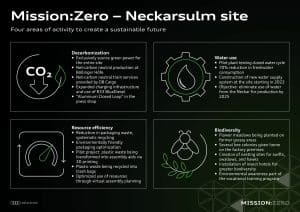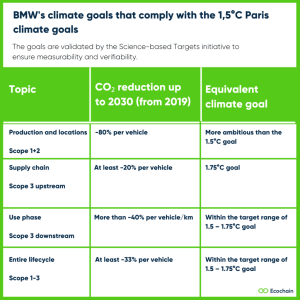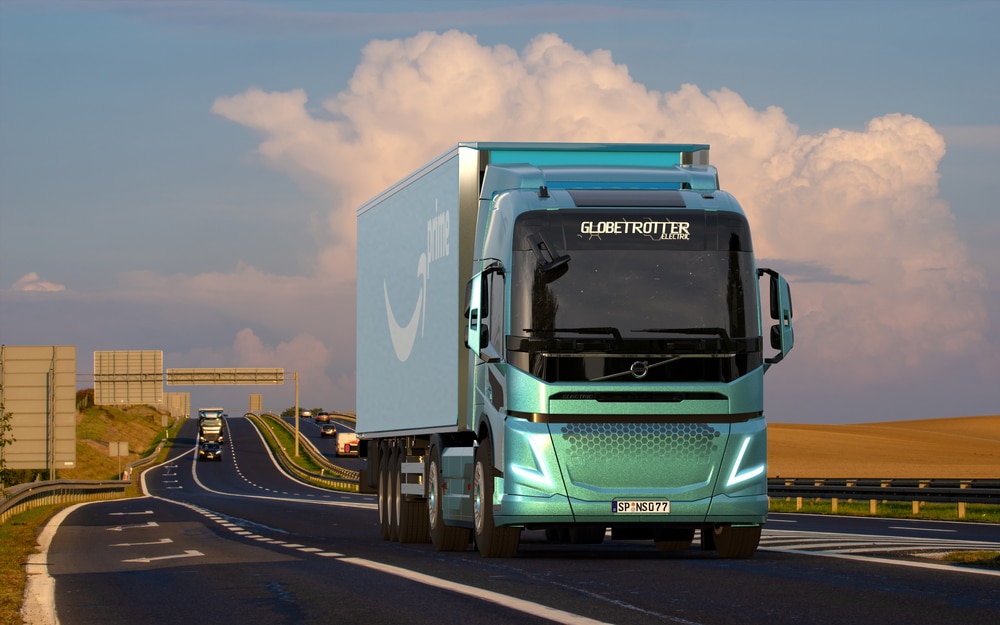Electrification is rapidly transforming the automotive industry, with leading companies like Volvo, Mercedes-Benz, Audi, and BMW innovating to tackle their carbon emissions, paving the way toward cleaner transportation.
At the IAA Transportation show in Hannover, Germany, Volvo Trucks president Roger Alm discussed the company’s leadership in the electric truck market and its plans for the future. Volvo Trucks currently dominates the sector, holding a 51% market share in Europe and 40% in the US.
In the first half of 2024 alone, the company delivered over 2,500 electric trucks in Europe, with more than half coming from Volvo Trucks. The company’s early investment in electric vehicles (EVs), which began 5 years ago, has positioned it as a key player, with over 4,200 battery-electric trucks now operating in 48 countries.
Volvo’s Decarbonization and The Role of Carbon Pricing
The European EV maker is actively working to reduce fuel consumption by up to 10% in conventional trucks and by 5-8% in cab-over models, a dual approach to sustainability. Volvo Trucks is also expanding its electric truck lineup from 6 to 8 models, aiming to offer more options to customers across different segments.
However, scaling up electric truck production comes with challenges, especially as government subsidies for electric trucks have ended in countries like Germany. Despite these challenges, Alm remains optimistic. He recognizes the need for collaboration across sectors to build the necessary infrastructure, including a robust grid and charging network.
Notably, the EV maker’s president highlighted the role of carbon pricing in accelerating the transition to electric trucks. While subsidies have been helpful, he believes that carbon pricing will be crucial in leveling the playing field and driving competition in the industry. By putting a price on carbon emissions, companies will be incentivized to reduce their carbon footprint, making the shift to low-emission vehicles more economically viable.
By internalizing these costs through taxes on carbon emissions, companies are encouraged to reduce pollution and create more sustainable products. Alm sees this as a necessary step for the EV revolution to succeed.
Volvo Group has committed to achieving net-zero greenhouse gas (GHG) emissions across its entire value chain by 2040. This target is ten years earlier than the Science Based Targets Initiative (SBTi) goal.
Volvo’s targets focus on cutting carbon emissions by 40% per vehicle kilometer for trucks and buses by 2030.

Around 95% of Volvo’s emissions come from the use of sold products, and their plan prioritizes indirect emissions reductions. The company’s strategy emphasizes decarbonization through energy-efficient technologies, increasing renewable energy use, and circular business models.
Volvo’s Electrifying Lead
The German carmaker is focusing on key areas like battery-electric and hydrogen-powered trucks while advancing sustainable energy sources throughout its supply chain. The company works closely with partners to ensure sustainability is embedded into every stage of the production and operational process, from sourcing materials to end-of-life vehicle recycling.
Alm stressed the importance of offering a wide range of solutions to meet the diverse needs of the transportation industry. For example, long-haul transport has traditionally posed challenges for electric vehicles due to range limitations. This is where Volvo comes in with a new model designed for long-distance routes, offering a 600-kilometer range. This innovation includes the integration of a new e-axle technology, marking a significant step forward for long-distance electric transport.
Alm hinted at further developments in the future, yet he remains confident that Volvo will continue leading the industry forward. Volvo’s major rivals in the EV sector are also innovating to cut carbon emissions from their operations and supply chains.
From Luxury to Sustainability: Mercedes-Benz’s Carbon-Neutral Ambitions
Mercedes-Benz is targeting carbon neutrality for its entire new vehicle fleet by 2039, driven by its “Ambition 2039” plan. The company has been carbon-neutral at all production sites since 2022, relying on renewables and sustainable practices to reduce emissions.

The German luxury carmaker is expanding its EV offerings, aiming for electric cars to account for 50% of its 2030 sales. Additionally, the company is working to minimize emissions throughout its value chain. Major decarbonization strategies include collaborating with suppliers and embracing circular economy principles to reduce waste and resource consumption.
Mercedes-Benz is a founding member of the “Transform to Net Zero” (TONZ) initiative, which brings together global companies to accelerate climate action and achieve net-zero emissions across industries. The carmaker focuses on sustainable solutions and customer demand for making climate-friendly luxury vehicles, promoting the automotive industry’s transition to a low-carbon future.
Audi’s Road to 100% Electric
Audi is committed to achieving net-zero carbon emissions by 2050 and reducing its environmental impact. Its latest decarbonization efforts focus on reducing CO₂ emissions across its entire value chain.
By 2025, Audi aims to cut emissions by 40% per vehicle compared to 2015 levels. The brand plans to offer only fully electric cars by 2033, contributing to its transition towards cleaner energy.

Audi’s e-mobility strategy plays a pivotal role, with the company expanding its lineup of EVs and incorporating sustainable energy sources at all production sites. Their “Mission” program focuses on making global manufacturing operations carbon-neutral by 2025, including the Brussels and Győr sites that are already carbon-neutral.
Additionally, Audi promotes recycling materials like aluminum to reduce resource consumption and help minimize the environmental impact of raw material extraction.
BMW’s Circular Strategy
Another German brand, BMW aims to achieve a 40% reduction in CO₂ emissions across its vehicle lifecycle by 2030, compared to 2019. The company focuses on reducing carbon footprints from raw material extraction to end-of-life recycling. To support this, BMW sources 100% renewable energy for its production sites and has reduced production-related emissions by over 70% since 2006.
Moreover, BMW aims to reduce Scope 1 and 2 emissions by 80% between 2019 and 2030. Circular economy principles are integral to BMW’s strategy, with a focus on recycling materials like high-voltage batteries, aluminum, and steel.

Despite best efforts to reduce emissions, some are inevitable. To reach its ambitious climate targets, BMW is committed to offsetting these unavoidable emissions. This approach ensures that even as the company strives to reduce emissions throughout its operations, any remaining carbon output is balanced by supporting verified carbon offset projects.
These initiatives include investing in renewable energy, reforestation, and other carbon removal solutions. BMW’s vision is not only to deliver premium electric vehicles but to lead in reducing emissions throughout the automotive sector.
As electric mobility accelerates, these major electric automakers are setting the pace for sustainable, carbon-free transportation. If other carmakers like Volvo would embrace carbon pricing, accelerating to full electrification may not be a far possibility.

